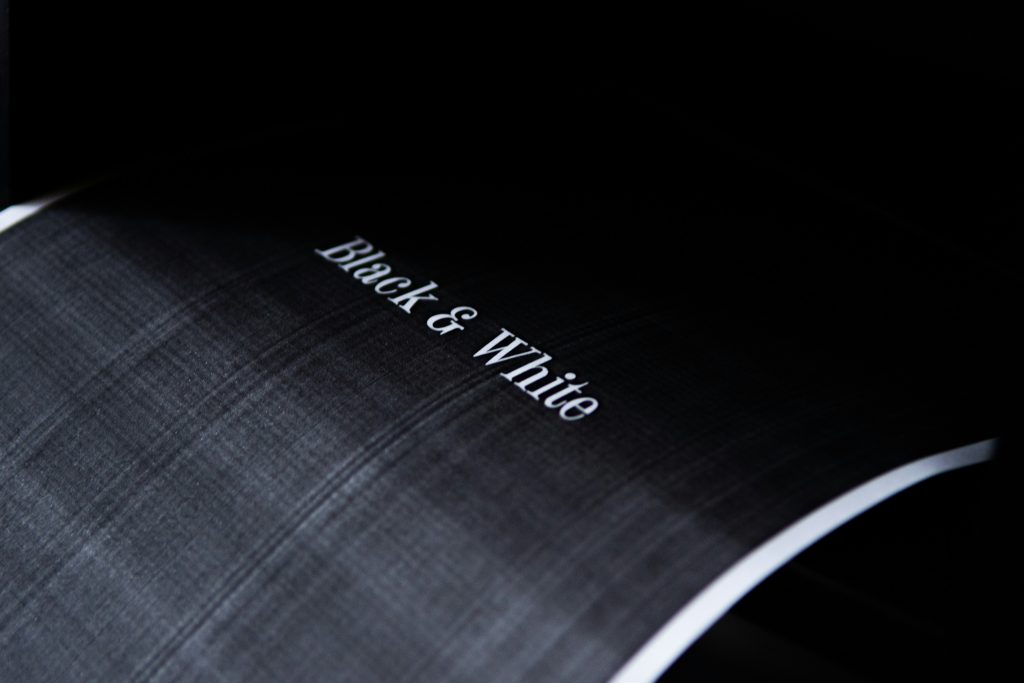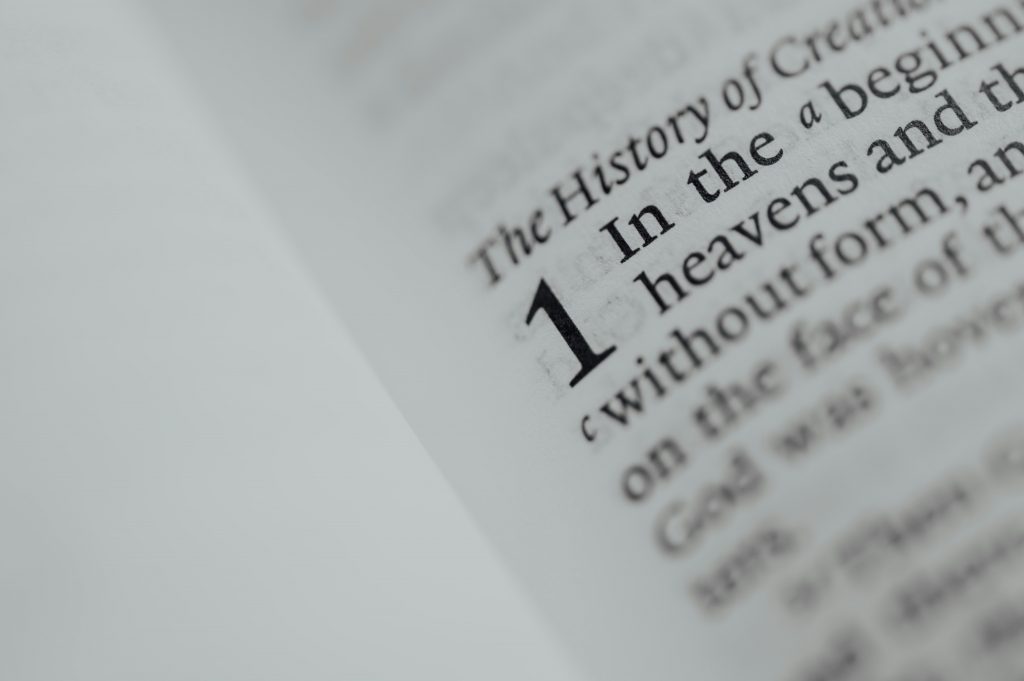We all seem to have our favourite fonts and it’s been an issue for writers and advertising companies for nearly 200 years now.
A demand for different fonts began around the time of mass marketing in the 19th-century. The commercial competition increased, and so did the need for larger, bolder messaging. https://blog.hubspot.com/insiders/fonts-for-marketing
If the billboards weren’t increasing in size, the innovation towards the art of lettering was, and the best way to create attention was to use a unique, attractive-looking font.
“Let’s talk favourite fonts.”
Wherever there is a website or an advertisement that includes lettering, you can guarantee that a conversation took place about favourite fonts. More to the point, there should’ve been a conversation about favourite fonts.

A fondness for fancy fonts.
For many of us, there is a shared fondness for fancy fonts, and styles are now used as part of a separate marketing strategy. These days there are many fonts available to scroll through and compare, and each one tells its own story.
Typefaces are everywhere: TV screens, laptops, smartphones, billboards, t-shirts, shop fronts, newspapers, magazines, freight transport, business cards and leaflets, to name but a few.
If a design didn’t exist before 1990, it sure as Hell does now. Since the invention of the computer, what used to be known as a typeface is now somebody’s favourite font.
Ubiquitous fonts.
As much a part of the 21st century as ever, many regard typographies as a recent phenomenon, rising with the invention of the computer, but the majority of font styles have been around for hundreds of years.
Digital technology has definitely brought more styles to our attention but, from the invention of the 15th-century printing press onwards, we’ve been using styles of typeface to convey feelings of exclusivity, intelligence, comfort, and style.
Fonts are everywhere and marketers love nothing better than getting hold of a nice font and seeing if they can improve upon it; shaping it and moulding it with a variation of itself; making it bolder, adjusting the space between letters, or just simply instructing the italics version.
Just the smallest of tweaks seem to make all the difference. We all seem to have our favourite fonts, and some even have the power to make us reminisce.
Some fictional planets have their own language and therefore depict the letters in a particular font. The Star Wars franchise is a good example. For instance, the ‘Aurebesh font’ is used for the Aurebesh language.
Fonts versus typeface.
When discussing favourite fonts, professional typographers will remind us that the typeface is the actual design of the lettering and the font is a variation of each typeface.
The design of lettering we today call fonts was traditionally called typefaces. Fonts/typefaces – whatever you want to call them – is a serious and complex business that has been around for hundreds of years and is certainly here to stay.
I don’t want to go into too much detail but, just to explain the depth and profundity of the subject, I’ll quickly mention that there is such a thing as ‘typeface superfamilies’ whereby a particular font falls into groups of variables as an expanded multiple of the original typeface. That’s how big this thing gets.
In fact, the subject is so expansive, I could write several blogs on the subject and just scratch the surface.
What I’d really like to get into is the aesthetic aspect of the subject, and here are some of our favourite fonts and why.

Favourite Fonts
- Sans-serif typeface.
Sans-serif is the most prevalent typeface for display on computer screens and emerged from the ‘with extending features’ version – https://www.myfonts.com/sans-serif-fonts
In the late 18th-century, when more elegant designs were required, Serif became the standard style of general-purpose printing.
For those of you who don’t know, the extending features of the letters are called serifs. When the extending features are removed, this is known as sans-serif – Sans being the French word for “without”.
What we like about the Sans-serif typefaces is the simplicity and the minimalisation that comes from letters with less stroke width.
- Futura Font
From the Bauer Type Foundry in Frankfurt, Futura was the first geometric sans-serif typeface, designed by Paul Renner in 1924 – https://en.wikipedia.org/wiki/Futura_(typeface)
Futura appears to be a favourite font of Film director Stanley Kubrick. He has used this style extensively throughout his film industry career, on titles such as ‘V for Vendetta’, ‘American Beauty’, and ‘Gravity’.
Perfect as a heading or logo, you will find that Futura has been used by IKEA, SwissAir, Crayola, Volkswagen, Shell, and the children’s TV show, Sesame Street.
- Helvetica
Clearly a favourite font for many, Helvetica was designed with the intention of filling a gap for neutral fonts that could work well for signage.
Swiss designers, Max Miedinger and Edouard Hoffman, created Helvetica (meaning Swiss, from https://en.wikipedia.org/wiki/Helvetia) and it became known as ‘the world’s most-seen font’ in 1957.
Used for the signs on the New York subway system, you may have also recognised this font on logos for Jeep, American Apparel, Lufthansa, Panasonic and Motorola.
This font also carries a health warning as the European Union use it on cigarette packets to remind us that ingesting carcinogenic materials through a small stick may be detrimental to our health.
- Times New Roman
The Times New Roman font was designed in 1932 by Victor Lardent when The Times newspaper was criticised for its poor readability… and has absolutely nothing to do with Rome or Romans – https://en.wikipedia.org/wiki/Times_New_Roman
Once the go-to font for your C.V. – and that is probably the best reason not to use it – New Times Roman has appeared on just about every version of Microsoft Word since the early 90s.
We’re not saying that this isn’t a creative style – far from it – but when variations of this font have been an integral part of a British newspaper for about 90 years, you’ve just got to show more creativity.
The font gained its popularity within non-fiction publications and has notably been used for Encyclopaedia Britannica volumes.
Some of the old styles have recently seen a revival, so it might be time to bring out the new logo with an old-style font.
- Script-style fonts
If you are looking for favourite fonts to use on a psychological scale, there is nothing that works better than script-style fonts.
These are more likely to convey feelings and a sense of history or experience. Script-style fonts are visually brave, they inspire, evoke emotion and conjure ideas.
There is a long list of strong brands that use a script style – https://digitalsynopsis.com/design/fonts-of-famous-logos/ .
Disney, Kellogs, Cadbury’s, Harrods, Davidoff, Budweiser, Instagram and, of course, Coca Cola, all use a font that looks as if they have been magically handwritten by an ancient typography wizard.
And if you are looking for something with more curves than a Kardashian, Madina Script https://fontlot.com/149123/madina-script-font/ bounces across the stage like a cheque from Roman Abramovich.
It’s guaranteed to make your logo or quotes stand out. Within the right setting, Madina Script gets noticed and it suspends the imagination long enough to determine the real message beyond the loops.
- Garamond
Finally, the grandfather of fonts, Garamond. The most prominent font in French book publishing, this style takes us back to 1530.
It was designed by Claude Garamond https://en.wikipedia.org/wiki/Claude_Garamond and was used to articulate new ideas and follow older ideas dating back to the late 1400s.
Resembling upright handwriting with a pen, Garamond’s lighter strokes are more structured and believed to save printers money.
Garamond is responsible for the grand appearance of the Abercrombie & Fitch logo.
Do you have a fontness for inspiration? (Pun intended).
If you are seeking inspiration for your brand with a new logo, ask about our brand building package.
We will look at your current campaigns, review your website, the favourite fonts, and the content. And, for every logo we provide, 1000 branded leaflets are provided absolutely FREE of charge – www.washdigital.co.uk
